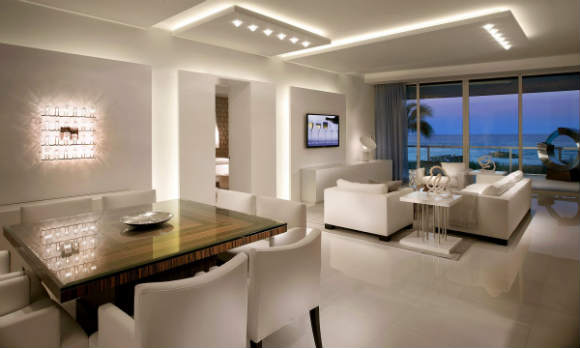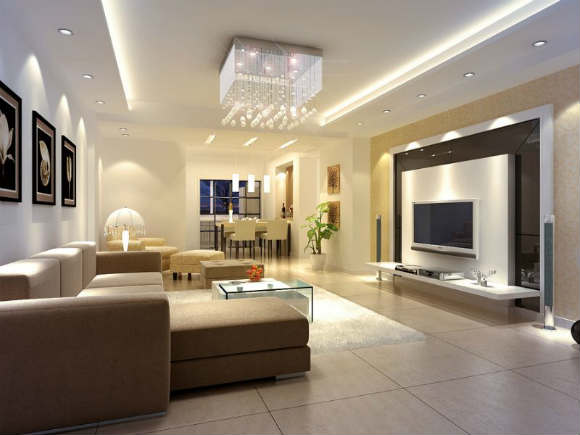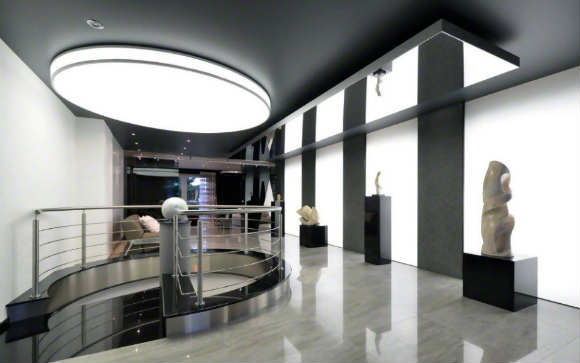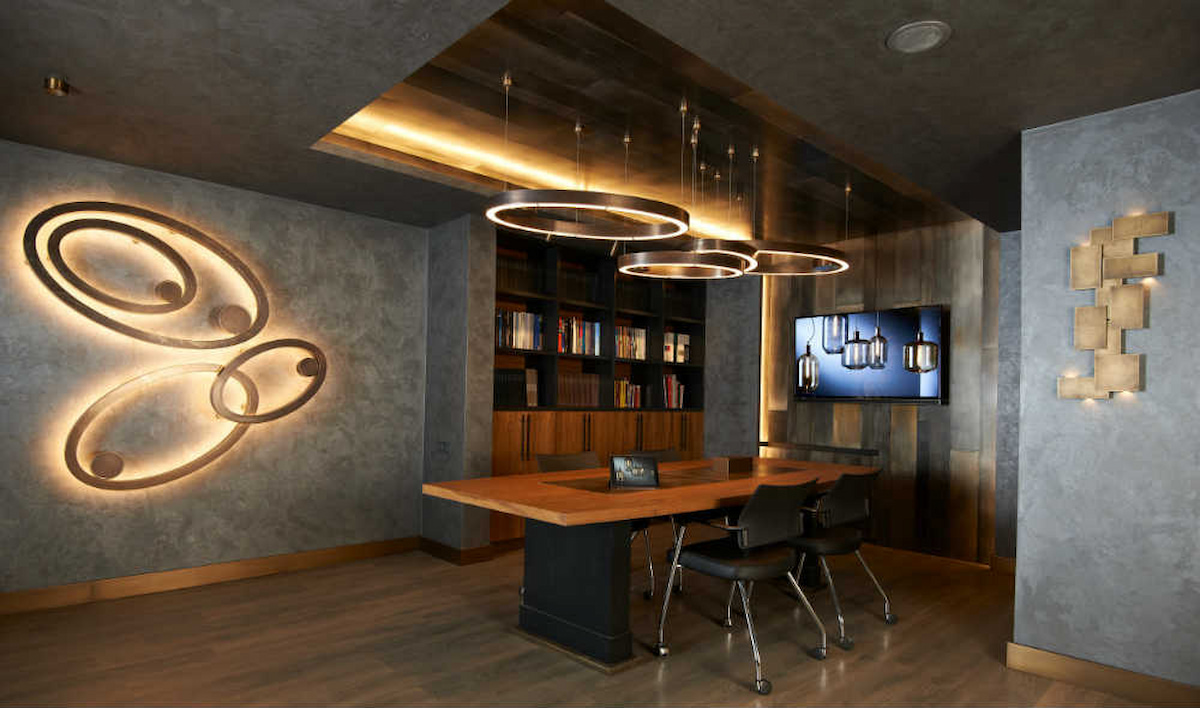Our perception of colours is a function of light. These are the laws of physics and biology under which we all operate. The only reason why we see different colours is that light reflects off of objects. Is it a wonder, then, that every object comes to life under the right light?
Lighting greatly affects our perception of space, too, especially indoors. When done right – it makes the room feel more spacious, adds depth and offers relief to the eye. If done wrong – sheds light where light shan’t be, exposes flaws and strains the eye to fixate on sore glaring spots.
LED Light Solutions
Choosing LED light fittings has become a sort of a fad and everyone seems to be in on it. One of the biggest reasons behind it is the widespread availability of high quality LED light in a variety of forms. In terms of energy efficiency, light-emitting diodes beat incandescent lamps by a great margin. LEDs do not experience warm-up delay and almost instantly emit light at full capacity. Plus, they are much more durable than traditional options.
But what does a LED light do to perform beyond previous solutions? In essence, a light-emitting diode is a semiconductor. When the current hits the material, photons are released in large numbers. Because there is no glowing filament, a high degree of the current generates light.

Illuminating Indoor Spaces
LED products may not be able to light up a room entirely on their own, regardless of their superior properties. You need a good lighting plan to properly utilize their illuminating power. If you are new to this, you can start by making a clear distinction between the different types of lights. Interior designers put light sources into three general categories: ambient, task and accent light.
Ambient Lights
These provide broad lightning meant to cover as much as possible of the area they are installed in. In a way, they are the technologically advanced equivalent of natural daylight. The way our buildings are designed does not let a lot of natural light even during the day, let alone at night. These general lights can influence the ambience and overall mood of a certain room, hence their name. You can commonly see such lights in the living room, and they usually are fitted up on the ceiling, although this is by no means a rule.
Task Lights
These lights emit a focused column of light at a defined work area. Their aim is to eliminate shadows, glare and any visual pollution that would hinder your productivity. Examples of such light sources can be seen in various environments. The light at a work desk or a kitchen counter is a typical example. A number of small contraptions designed to provide the optimal amount of task light include pantry, under-counter and vanity lamps. These are usually smaller lamps which are portable or foldable.
Accent Lights
Their purpose is to create a focal point for the room. This can be some remarkable architectural design, the texture of materials used for furniture and fixtures or the colour of the walls. Some people want to use light to bring out the craftsmanship invested in fine sculpture, photographs or artwork. And, nowadays, light fixtures can also be a focal point as they are often made with fine aesthetics in mind.

Miscellaneous lights
Please don’t take these categories as an absolute law. They are not set in stone, and actually, they can serve more functions interchangeably. If you have a small lamp and you are able to change the focus then it can serve as ambient light in one position, and as a task light when placed at a different position. LED lighting fittings are great for this because those on the high end allow you to control the brightness at the push of a button.
And then there are lights that can serve to bring contrast or to smooth out the transition between two rooms. LED light strips can be used to delineate corridors and walls or to illuminate dark nooks, especially if they are recessed. You can use them to make your outdoor space feel like an extra room.
Positioning of Lights
The way you decide to position your LED lighting fittings also plays an important role in the overall feel of the space. Attaching them right on the ceiling has been done for decades because that’s the most practical way when it comes to ambient lights. You can let go of the past though, and embrace the possibilities these new technologies bring.
Arranging pendant lights in a dining room can significantly change the atmosphere. And the other type of ceiling lights – recessed light can serve to break up your space. Usually, they require solid waterproofing and you will get a column of light coming down in a straight line. One such LED can not light up a room, but if you place a dozen you can even use them as your main light. Placing floor lights to the sides of corridors can create an elevated feel. And you can always take the hint from the age-old bedside lights and devise your lightning plan along those lines.

Multiply the Light
Sometimes great lighting fixtures are not even the centrepiece when it comes to bringing a sense of symmetry to an indoor space. Strategic use of mirrors, reflective surfaces, windows and indoor bodies of water can serve to amplify the presence of light in a room. That is, if you are not willing to bring down walls so that light can disperse with little to no hindrance.
